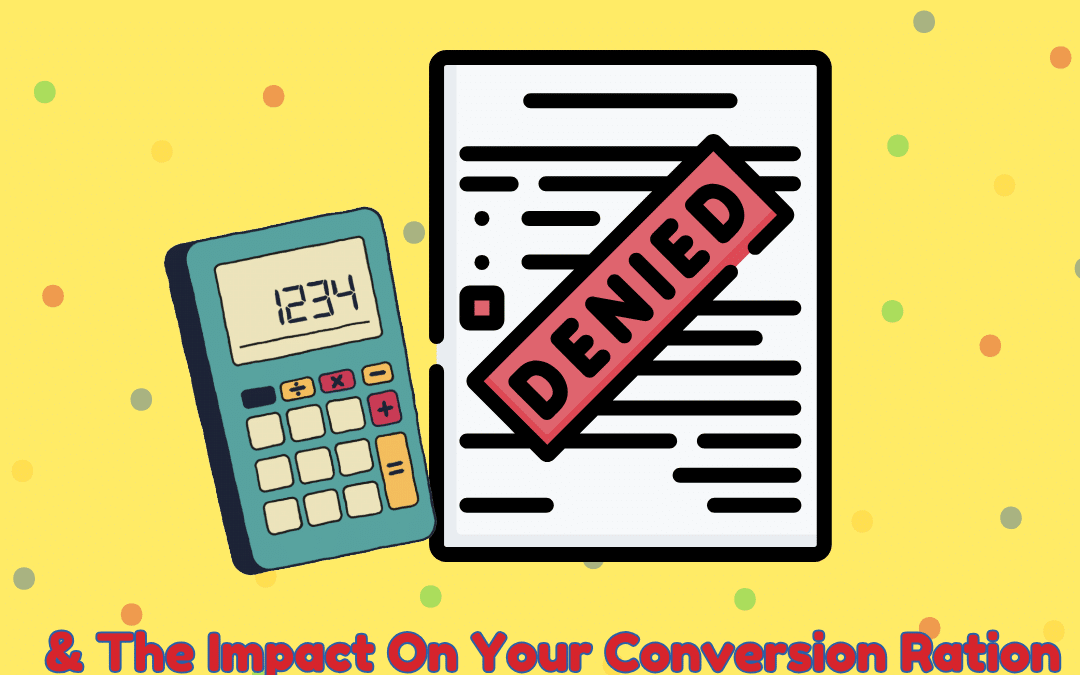Lead conversion plays a pivotal role in measuring the success of apartment marketing strategies. However, application denial rates can significantly influence lead-to-lease conversion ratios within apartment communities, affecting overall performance and profitability. This article explores strategies for enhancing lead conversion rates while considering the impact of application denial rates to make well-informed marketing decisions.
Understanding Lead Conversion Rates:
Lead-to-lease conversion rates assess the percentage of interested prospects who sign a lease compared to the total number of leads generated. This metric aids property managers in evaluating the effectiveness of their marketing efforts. Another critical metric is click-to-lead conversion, which measures the percentage of clicks on a website or landing page that result in a lead.
Application Denial Rates and Their Impact:
Application denial rates represent the percentage of applicants who are rejected based on predetermined criteria, such as credit scores, rental history, and income requirements. High denial rates can lead to lower lead-to-lease conversion ratios and reduced revenue for apartment communities. Furthermore, elevated denial rates may indicate inefficient tenant screening processes, inaccurate targeting of the desired tenant demographic, or a misalignment between the community’s requirements and market demand.
Strategies to Enhance Lead Conversion Rates:
To improve lead conversion rates while addressing application denial rates within apartment communities, marketers can implement the following strategies:
1. Refine tenant screening processes: Review and adjust your tenant screening criteria to better align with your target market and minimize unnecessary denials. A more precise screening process attracts more qualified prospects, leading to higher conversion rates.
2. Enhance online presence and targeting: Optimize your website and landing pages to appeal to the right prospects by providing accurate information about the property, amenities, and lease terms. Utilize targeted advertising campaigns to reach potential tenants who meet your criteria and are more likely to convert.
3. Improve communication and follow-up: Establish efficient communication channels to promptly respond to inquiries and follow up with leads. This helps build trust with potential tenants and increases the likelihood of converting leads to leases.
4. Offer flexible lease options: Consider providing short-term or flexible lease options to attract tenants who might be discouraged by rigid lease terms. This approach can help expand your potential tenant pool and improve conversion rates.
5. Monitor and analyze metrics: Track key performance indicators (KPIs) such as lead-to-lease conversion rates and application denial rates to identify trends and areas for improvement. Use data-driven insights to adjust your marketing strategies and leasing requirements as needed.
Optimizing lead conversion rates in apartment marketing requires a thoughtful approach that considers the impact of application denial rates within apartment communities. By refining resident screening processes, enhancing online presence, improving communication, offering flexible lease options, making sure that your sales team is continually educated along with monitoring metrics, property managers can improve lead conversion rates and ensure long-term success for their apartment communities.


